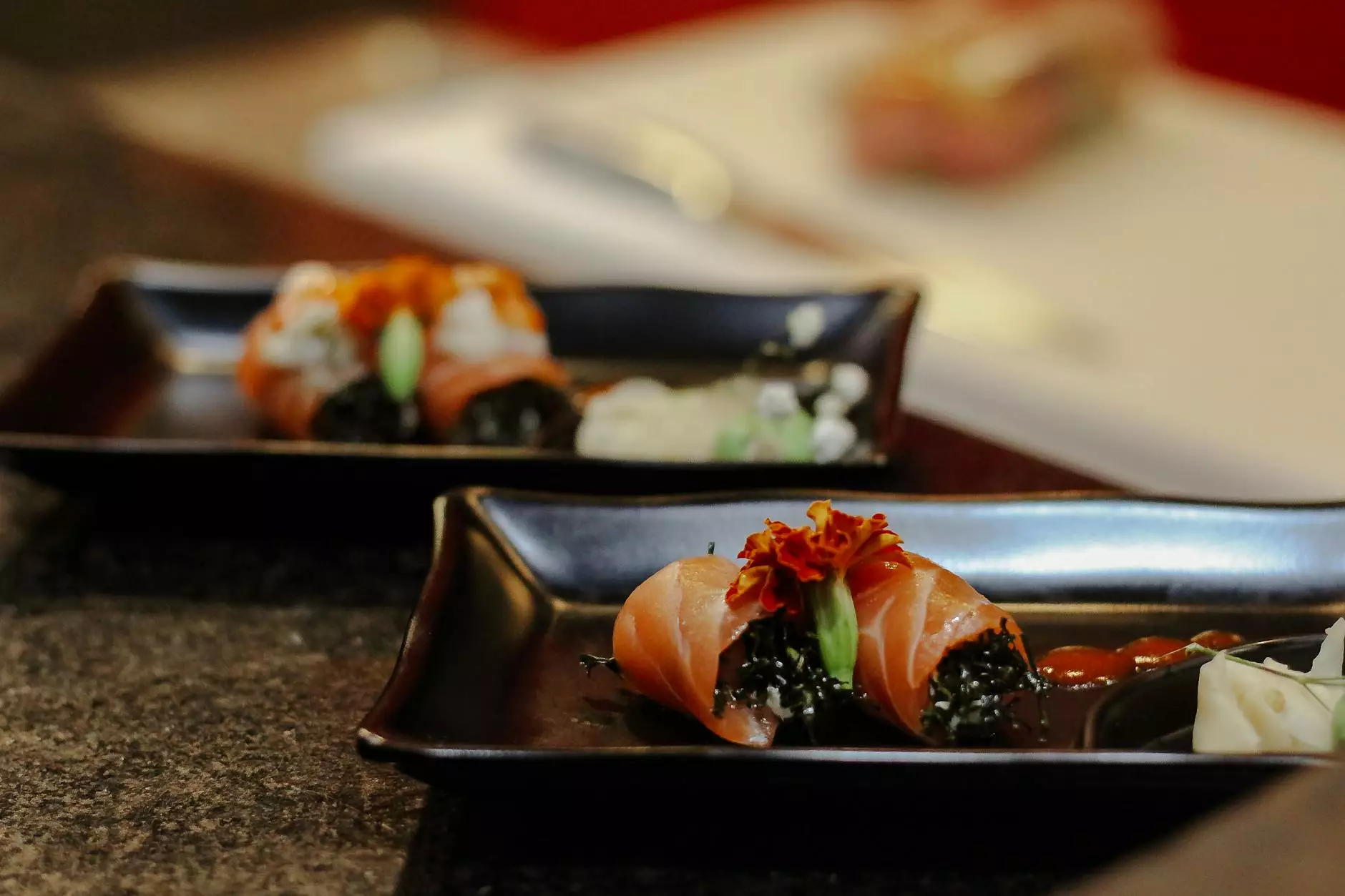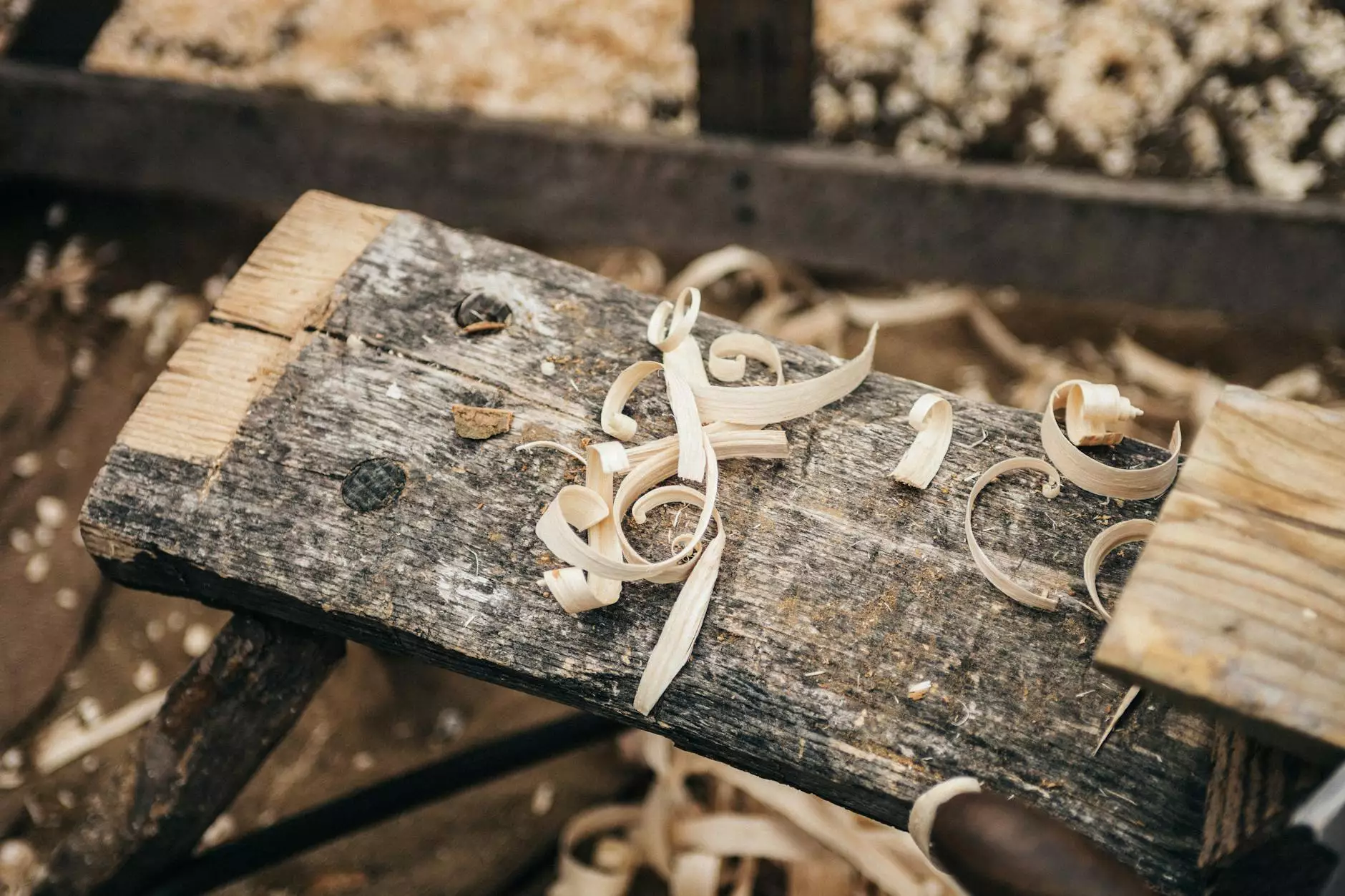The Essence of Traditional Wasabi in Japanese Cuisine

Traditional wasabi, known as Wasabia japonica, is more than just a condiment; it is an integral part of Japanese culinary culture that enhances the flavors of various dishes, particularly sushi. Unlike the common imitation wasabi found in many restaurants, true traditional wasabi is a unique and authentic experience that brings a vibrant kick to your meal. In this article, we will explore the history, cultivation, uses, and health benefits of traditional wasabi, all while understanding its profound impact on the Japanese dining experience.
The Historical Background of Wasabi
Wasabi has been a valued ingredient in Japan for centuries. The use of wasabi dates back to the 9th century, where it was originally grown in the cool waters of the mountain streams on the Japanese Alps. Its popularity blossomed during the Edo period (1603-1868), when sushi became a common street food in Tokyo. As sushi spread throughout Japan, so did the use of wasabi, which was not only used for flavor but also as a natural preservative due to its antibacterial properties.
Cultivation of Traditional Wasabi
Understanding the cultivation of traditional wasabi sheds light on why it is often regarded as a luxury ingredient. Unlike most crops, wasabi requires a specific environment to thrive:
- Temperature: Wasabi prefers a cool climate, making it suitable for the mountainous regions of Japan.
- Water Source: Clear, flowing water is essential. Wasabi needs a steady stream of fresh, cold water for optimal growth.
- Soil Conditions: Well-drained soil rich in organic matter fosters a healthy wasabi plant.
This meticulous care in cultivation leads to the production of superior wasabi that cannot be mass-produced, making it a rare delicacy.
The Difference Between True Wasabi and Imitation Wasabi
When browsing your local sushi bar or Japanese restaurant, you might come across a green paste that claims to be wasabi. However, it is important to note that most wasabi served outside Japan is, in fact, a blend of horseradish, mustard, and food coloring. Here are some key differences:
True WasabiImitation WasabiFlavor: Milder, more complex flavor with natural sweetness.Flavor: More pungent and sharp with a strong horseradish bite.Freshness: Typically grated fresh from the wasabi root.Freshness: Often comes in pre-packaged tubes or powders.Health Benefits: Contains compounds that may fight inflammation and boost immunity.Health Benefits: Lacks the nutritional profile of true wasabi.To truly appreciate sushi, it is essential to experience the authentic flavors of traditional wasabi.
How Traditional Wasabi Enhances Culinary Experiences
In Japanese cuisine, wasabi is not just a spicy accompaniment; it plays a crucial role in elevating a dish's overall flavor profile. Here are some ways it enhances culinary experiences:
1. Complementing Sushi and Sashimi
When served with sushi or sashimi, wasabi acts as a flavor enhancer, bridging the taste of the fish with the vinegared rice. The natural sweetness of fresh fish, when paired with the unique flavor of traditional wasabi, creates a delectable culinary experience.
2. Culinary Pairing with Other Dishes
Aside from sushi and sashimi, wasabi can be used in various dishes:
- Soups: A small amount of wasabi can enhance miso soup.
- Dressing: Wasabi can give a kick to salad dressings and marinades.
- Dips: Mixing wasabi with soy sauce creates a unique dipping sauce for grilled dishes.
3. Elevating the Dining Experience
The presence of traditional wasabi in a meal not only adds flavor but also showcases the chef’s commitment to authenticity. Diners are often treated to the experience of tasting freshly grated wasabi right at their table, connecting them to the dish's origins.
Health Benefits of Traditional Wasabi
Beyond its culinary delights, traditional wasabi boasts several health benefits:
- Anti-Inflammatory Properties: The compounds found in wasabi may help reduce inflammation in the body, offering potential benefits for those with inflammatory conditions.
- Antimicrobial Effects: The natural properties of wasabi can inhibit the growth of certain bacteria, making it a powerful ingredient for food safety.
- Rich in Nutrients: Wasabi contains vitamins and minerals important for metabolic functions.
These attributes contribute to its rising popularity among health-conscious diners across the globe.
Finding Authentic Traditional Wasabi
When you are seeking authentic traditional wasabi, it is essential to know where to look. Here are some tips:
- Research Restaurants: Look for Japanese restaurants that emphasize authenticity in their cuisine. Reviews often mention if they serve real wasabi.
- Ask the Chef: Don’t hesitate to ask the staff or chef directly if they use traditional wasabi in their dishes.
- Online Resources: Websites like realwasabi.com can help you find locations that offer genuine wasabi experiences.
Conclusion: The Lasting Legacy of Traditional Wasabi
Traditional wasabi is a remarkable ingredient that transcends the role of a mere condiment. It embodies the essence of Japanese culinary culture, celebrates authenticity, and enhances the dining experience. By seeking out authentic traditional wasabi, food lovers can truly appreciate the intricacies of Japanese cuisine and the rich flavors it offers.
Choosing traditional wasabi not only supports sustainable farming practices but also connects diners with the artistry of Japanese cuisine. As a unique ingredient with profound health benefits, traditional wasabi is here to stay. Embrace this delightful ingredient, and elevate your culinary adventures!









